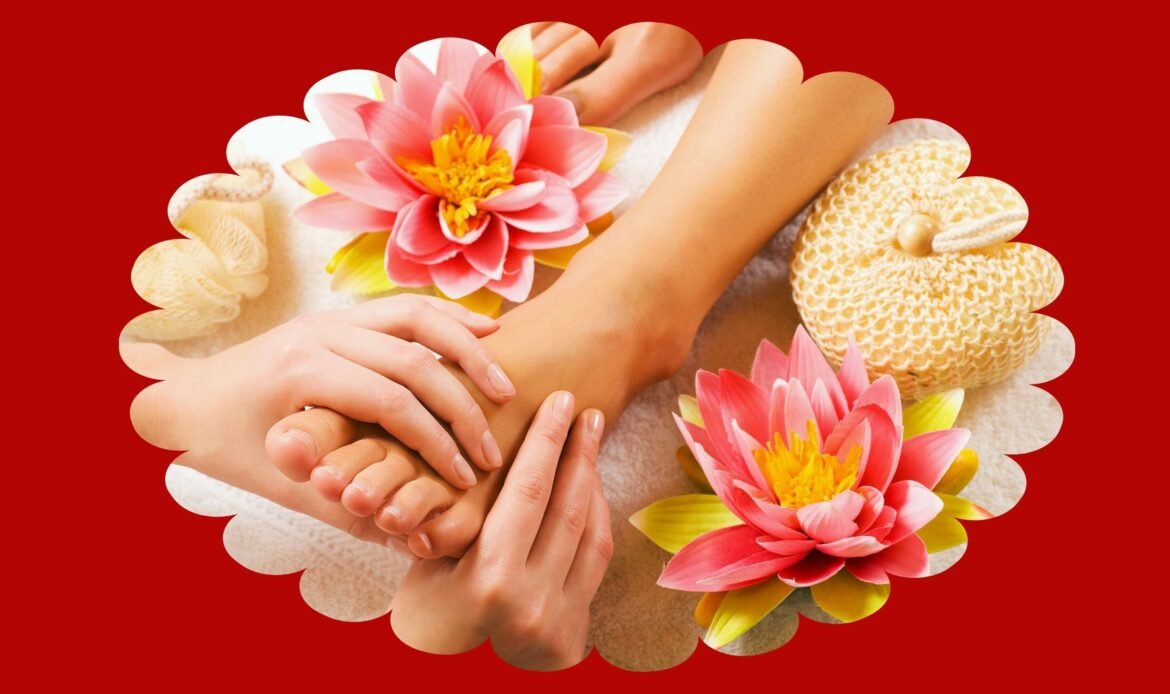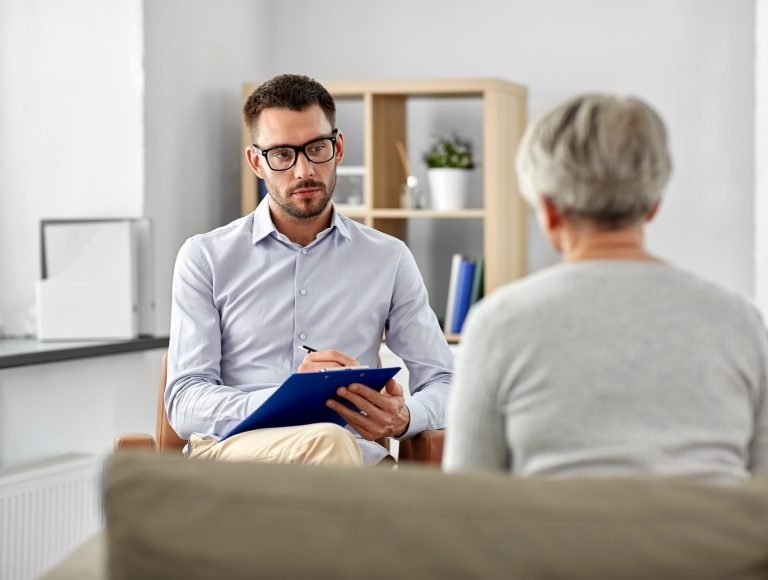Understanding Reflexology: Origins, Benefits, Techniques, and Steps
Introduction
Reflexology is a holistic therapy that focuses on applying pressure to specific areas of the feet, hands, and ears to promote healing and relaxation throughout the body. This ancient practice has been used for centuries to improve overall well-being and address various health concerns. In this article, we will explore the origins of reflexology, its many benefits, the techniques involved, and the steps taken during a reflexology session.
Origins of Reflexology
Reflexology has roots in ancient civilizations such as Egypt, China, and India. However, the modern practice of reflexology as we know it today was developed in the early 20th century by Eunice Ingham, a physiotherapist. Ingham’s extensive research and practical experience led her to map out the entire body on the feet, creating the foundation for the reflexology charts used by practitioners today.
Benefits of Reflexology
Reflexology offers a wide range of benefits for both physical and mental well-being. Some of the key advantages of this therapy include:
- Pain Relief: Reflexology can help alleviate pain and discomfort in various parts of the body, such as headaches, back pain, and menstrual cramps.
- Stress Reduction: By stimulating the nervous system and promoting relaxation, reflexology can help reduce stress and anxiety levels.
- Improved Circulation: The pressure applied during reflexology sessions helps improve blood circulation, thus enhancing the delivery of oxygen and nutrients to the body’s cells.
- Enhanced Sleep: Reflexology can promote better sleep by calming the mind, relaxing the body, and reducing insomnia symptoms.
- Boosted Immune System: Regular reflexology sessions can strengthen the immune system, making the body more resilient to illnesses and infections.
- Detoxification: By stimulating the lymphatic system, reflexology aids in the elimination of toxins from the body.
Techniques of Reflexology
Reflexology involves the application of specific techniques to the feet, hands, or ears to target corresponding areas of the body. Some commonly used techniques include:
- Thumb Walking: The practitioner uses their thumb to apply firm but gentle pressure to the reflex points on the feet, hands, or ears.
- Finger Walking: Similar to thumb walking, this technique involves using the fingers to apply pressure in a walking motion.
- Rotational Movements: Circular movements may be used to massage and stimulate specific reflex points.
- Hooking: This technique involves using the practitioner’s fingers to hook and apply pressure to specific reflex points.
- Reflex Rotation: By rotating the joints of the feet or hands, the practitioner can further stimulate the reflex points.
Steps in Reflexology
A typical reflexology session follows a sequence of steps to ensure a comprehensive and effective treatment:
- Consultation: The reflexologist will discuss your medical history, current concerns, and goals for the session.
- Preparation: You will be asked to remove your shoes and socks, and then comfortably recline in a chair or lie on a massage table.
- Cleansing: The practitioner may cleanse your feet or hands using warm water or a damp towel.
- Technique Application: The reflexologist will apply the chosen techniques to the reflex points, focusing on any areas of concern.
- Relaxation: As the session progresses, you will begin to experience deep relaxation and a sense of well-being.
- Post-session Discussion: After the treatment, the reflexologist may provide feedback and suggestions for self-care.
Conclusion
Reflexology is an ancient practice that offers a multitude of benefits for both physical and mental health. With its roots in various civilizations and the modern developments by Eunice Ingham, reflexology has become a widely recognized therapy. By applying pressure to specific reflex points, reflexologists can help alleviate pain, reduce stress, improve circulation, and enhance overall well-being. Whether you seek relaxation or relief from specific ailments, reflexology may be a valuable addition to your wellness routine.
Your Time is limited, so don’t waste it living someone else’s life. Don’t be trapped by dogma – which is living with the results
Jamil




1 reply on “Reflexology ”
Wow !